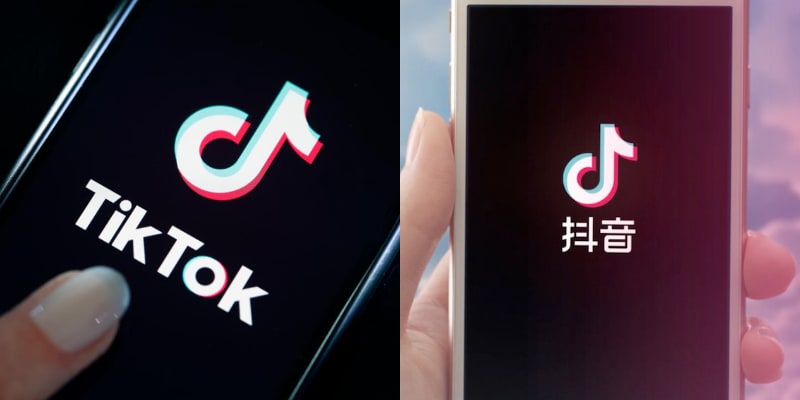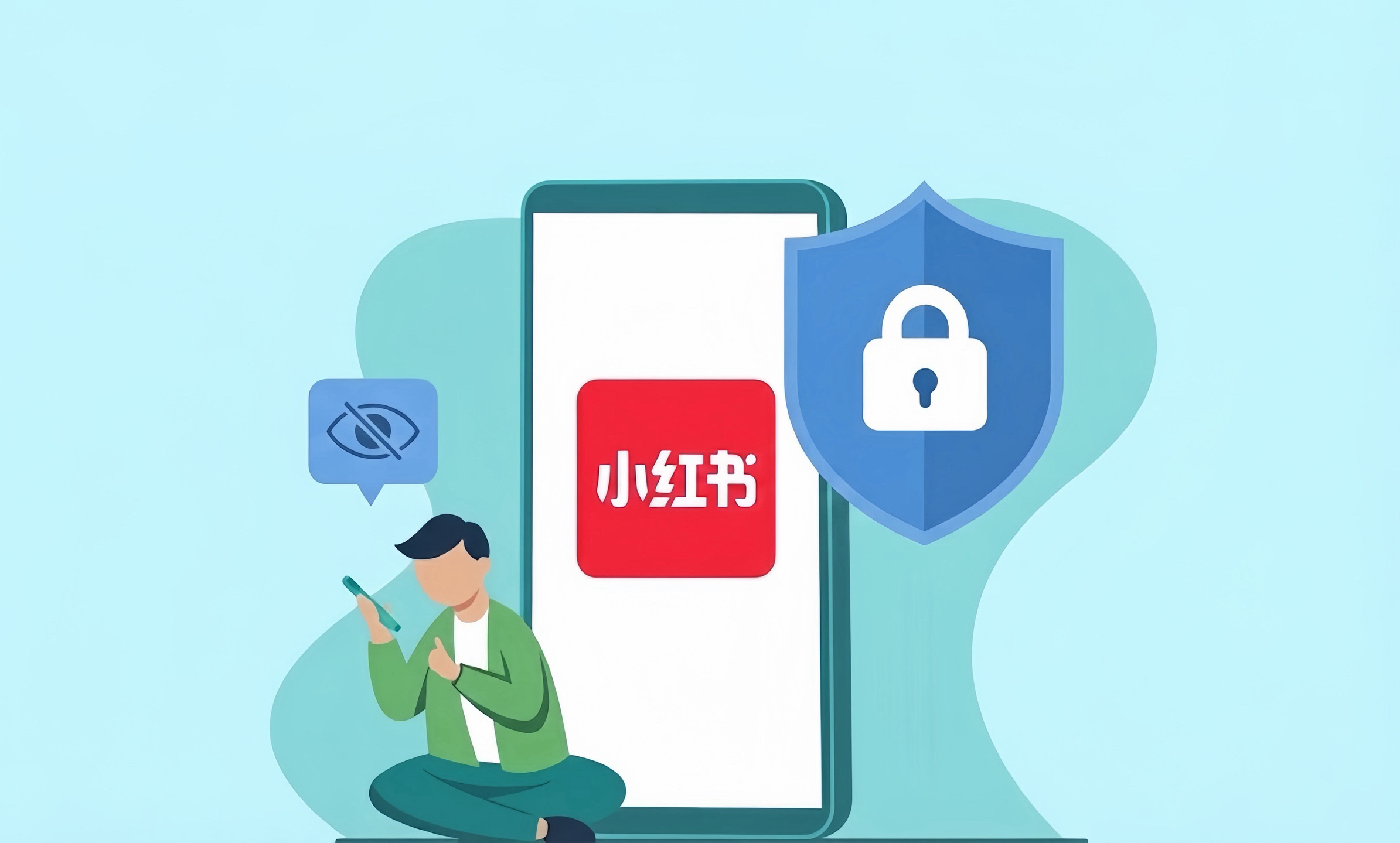Top 5 Chinese Tech Firms Have Lost Nearly Half of Their Combined Market Cap in 2 Years
Why it matters: After two decades of phenomenal expansion, the top five Chinese tech behemoths have lost at least 46% of their total market capitalisation.
- In April 2020, Apple’s valuation = Alibaba+Tencent+Meituan+JD.com+Pinduoduo the top five Chinese tech firms
- In April 2022, Apple’s valuation = 49 top Chinese tech firms combined. Apple’s valuation has more than doubled while many Chinese tech firms’ valuation has decreased or stagnated
What are the reasons?
- A saturating local market
- Pandemic outbreaks
- US-China trade tensions
- Rigorous government regulations
- The loss of the “upbeat spirit” of China’s business world.
Link: https://technode.com/2022/05/09/top-5-chinese-tech-firms-have-lost-nearly-half-of-combined-market-cap-in-2-years/
Chinese Internet Users Buy Fake Covers After Social Media Forcefully Reveal Their Locations
Why it matters: Chinese internet users are playing cat and mouse with the country’s social media sites, which have violated users’ privacy by requiring them to give their geolocation.
Many people have been surprised by the new rules. Many popular marketing personas with international pictures and selling qualities, for example, are demonstrated to be based in China.
As a result, several enterprises are now selling services that change IP addresses on e-commerce platforms like Taobao for as little as RMB 6 ($0.9) per day. Many of these businesses claim to be able to change location information (in Chinese) on platforms such as Weibo and Douyin.
Link: https://technode.com/2022/05/07/chinese-internet-users-buy-fake-covers-after-social-media-forcefully-reveal-their-locations/
Why Is Email Marketing Ineffective in China?
An email has never been popular in China in comparison to the West. Experian Market Services statistics from 2015, which examined email marketing success in selected Asia Pacific nations, showed that China’s total opening rate was barely 10.5%, compared to 33.1% in New Zealand.
Chinese users check their emails 22% less frequently than users worldwide. Smartphones have mostly overtaken desktops as the primary computing device in China. The country was a late adoption of computers, and as internet cafés began to develop in the 1990s and early 2000s, young people began to engage with one another using social messaging apps such as QQ.
Email marketing frequently disappoints marketers because the majority of Chinese do not regularly check their personal emails (if they have one at all) and would expect the brands they care about to meet them in their native digital environment.
WeChat brand accounts are far more engaging than email and can provide information on several elements of the brand.
Link: https://daoinsights.com/opinions/why-does-email-marketing-not-work-in-china/
The Future of E-Commerce on Douyin and 5 Tips on How to Prepare
In China, TikTok is known as Douyin. With over 600 million active daily users, it’s a hugely popular short video app. That equates to half of China’s population.
Unlike TikTok, Douyin clearly integrates e-commerce. Douyin users can complete purchases within the app by clicking links within each short video. Douyin thus becomes a viable sales channel, perfectly adapted to impulse purchases.
Link: https://agencychina.com/blog/e-commerce-on-douyin-5-tips-how-to-prepare/
WeChat to Reveal Users’ IP Location on a Public Posts
WeChat announced on Friday that it will begin displaying users’ whereabouts when they post on a public account.
WeChat, which is controlled by Tencent, said it would soon begin testing the setting, which only applies to users of its “public platform,” where they can comment on news, essays, and other written content published by official accounts.
The new settings will show the province or municipality of Chinese users who post on public accounts. Posts made by users from other countries on public accounts will show the nation indicated by their IP address.
WeChat, which has over 1.2 billion monthly users, stated in a notification that the action targeted misinformation about “local and international hot-topic topics,” but did not elaborate.
Link: https://mp.weixin.qq.com/s/-utfIpLwq7Iq6GKqldKRhw
A Part of Gen Z Decides to Give Up Filters on Social Media
Posting on WeChat is becoming increasingly tiresome for many individuals. Typically, it takes them 5 minutes to take photos and 1 hour to edit them in Photoshop, plus they have to think of an interesting environment to write in. Finally, it appears to be extra labour.
As a result, as more people become dissatisfied with social media, they want a platform that is easier and less stressful. Then, all of a sudden, a new app becomes extremely popular. It’s called “BeReal,” and it was created in France.
Users cannot upload photos to this platform. Instead, they can only utilise the app’s camera to snap a live photo. Furthermore, the platform lacks a filter and editing tool, so users may only send original photographs. Furthermore, BeReal does not allow users to choose when they want to snap photos and share them. Instead, the system tells every user to perform everything at once. Every time, users have only 2 minutes to shoot photos and upload them before it is too late. BeReal wishes to save the most genuine moment in your life. Furthermore, you cannot choose not to be genuine because both of your phone’s cameras will be activated, allowing people to see both your face and where you are. Finally, there are no “like,” “share,” or “comment” buttons on BeReal; the only way to communicate with your friend is to take a picture of yourself and send emoji.
The concept of BeReal is that they want people to calm down and forget those annoying data, while just focusing on what is happening in real life. Perhaps because of that, BeReal suddenly became popular. In the first quarter of 2022, the number of users increased by 315%. And it has become the Top 4th app in America, France, and England, just behind Instagram, Snapchat and Pinterest.
In France, 80% of the users are Gen Z, mainly because they are tired of pretending and being identified by others. They are not afraid of being “ugly”, they just want to be themselves rather than live in other people’s comments.
Link: https://mp.weixin.qq.com/s/5L0JpmtmXZ-j7Va2sVB-xQ
Glamping Swept China’s Social Media This Labor Day Holiday
Because of the COVID-19 control measures and continued domestic travel limitations, Chinese people spent their Labor Day holiday this year on short getaways and staycations. The most popular topic these days is “glamping” (glamorous camping). According to Ctrip data, online traffic for “camping” reached a historic high on the first day of the holiday, and search volume jumped by 90% over the previous week. There are nearly three million campaign-related UGC (user-generated content) entries on Xiaohongshu, ranging from gear photos to the journey itself.
From January to April of this year, the number of participants on Ctrip was five times that of the entire year of 2021. In addition, the number of camping facilities has increased by 800% since this year.
Camping can be classified into two categories: luxurious camping and survival camping. The first emphasises quality, whereas the second emphasises the difficulty of surviving in the field. The most popular is luxury camping because most people prefer to explore nature rather than build a genuine fire. And those stunning photographs on social media have had a huge influence on individuals who have never gone camping before, making camping a new fashion trend among young Chinese visitors.
This brisk growth portends a bright future for the outdoor equipment and apparel business. According to Daxue Consulting, the sector would be worth $100 billion (666.8 billion RMB) by 2025. Luxury residences were eager to seize this opportunity. Prada debuted its Outdoor Collection last year, a distinctive ready-to-wear line inspired by the great outdoors.
However, this part still has many obstacles, such as style, functioning, colours, activities, and so on. Players in this game should think outside the box and be more creative while maintaining quality.
Link: https://jingdaily.com/glamping-labor-day-china-prada-beast/?utm_source=Jing+Daily+Subscriber+List&utm_campaign=069f57ad7b-EMAIL_CAMPAIGN_2020_03_12_06_39_COPY_01&utm_medium=email&utm_term=0_8dec01cd8d-069f57ad7b-40884038





























